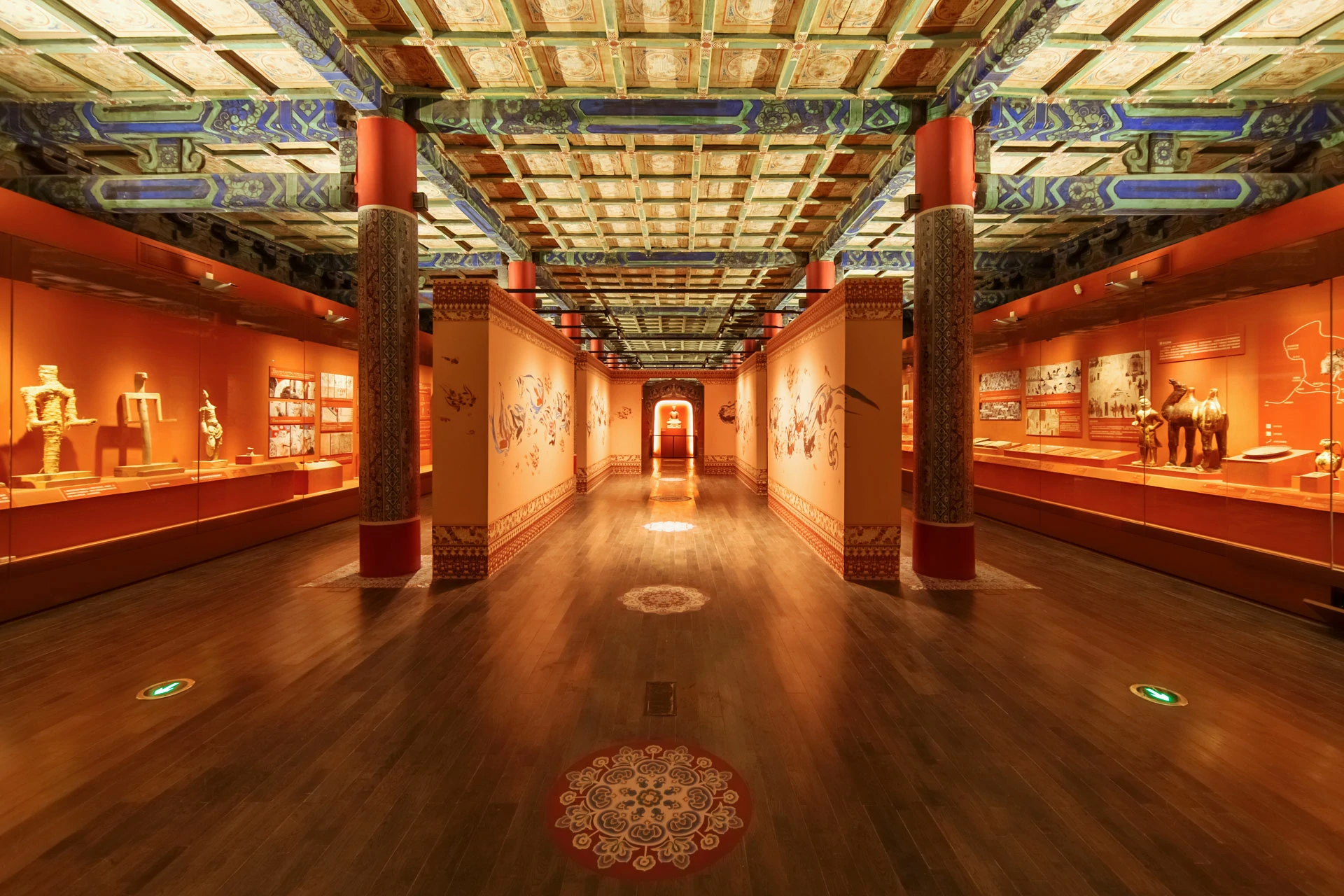
May 23, 2025
Fully Funded Bachelor Scholarship in Chongqing!
WHY CHOOSE HERE Good news for international students! A fully funded bachelor program awaits here for you to apply. We would like to recommen...

June 20, 2025
More in region are seeking to learn Chinese
Learning Chinese has become very popular in Central Asia, with the number of candidates taking the Chinese Proficiency Test — also known as the H...

December 5, 2025
HSK 3.0 to be launched as test's global reach expands
The number of people taking the Chinese Proficiency Test (HSK) is expected to reach 750,000 this year, signaling strong and sustained growth for the...

May 22, 2025
Top Uni in Zhejiang, Hangzhou Normal University Welcomes You!
Dear International students, we invite you to apply to Hangzhou Normal University. Founded in 1908, it’s a well-respected institution. Located in the ...

June 17, 2025
Start Chinese in Changchun: 1-Year Program with Scholarship!
🎓The university nestled in the vibrant city of Changchun, which offers international students a unique education and authentic Northeast Chi...

June 23, 2025
Hurry Up! 0 Tuition for Bachelor Major! Study in Beijing
Beijing presents you with a wonderful journey that combines history and taste. Start from Wangfujing Street and experience the rich local atmospher...

June 20, 2025
Dunhuang culture experience amazes German specialist
LANZHOU — Known for his deep engagement with Chinese literature, German Sinologist Martin Woesler recently made his first visit to the ancient...

December 3, 2025
A Detailed Comparison between HSK 3.0 and HSK 2.0
As the new HSK standards and materials roll out, it’s time to get ahead of the changes-especially if you’re planning to take the exam in t...

May 22, 2025
Global students share cultures with Chinese youth for mutual learning
Recently, a group of international students from the University of Science and Technology of China visited Yanzihe Experimental Middle School in ...

July 9, 2025
Xi'an Shiyou University empowers Central Asian students, bridging cultures
"My hometown, Tajikistan, has a rapidly growing oil industry but lacks professionals in safety engineering, so I chose to study at Xi'an Shiyou U...
Popular Articles

Fully Funded Bachelor Scholarship in Chongqing!
May 23, 2025

More in region are seeking to learn Chinese
June 20, 2025

HSK 3.0 to be launched as test's global reach expands
December 5, 2025

Top Uni in Zhejiang, Hangzhou Normal University Welcomes You!
May 22, 2025

Start Chinese in Changchun: 1-Year Program with Scholarship!
June 17, 2025

Hurry Up! 0 Tuition for Bachelor Major! Study in Beijing
June 23, 2025









